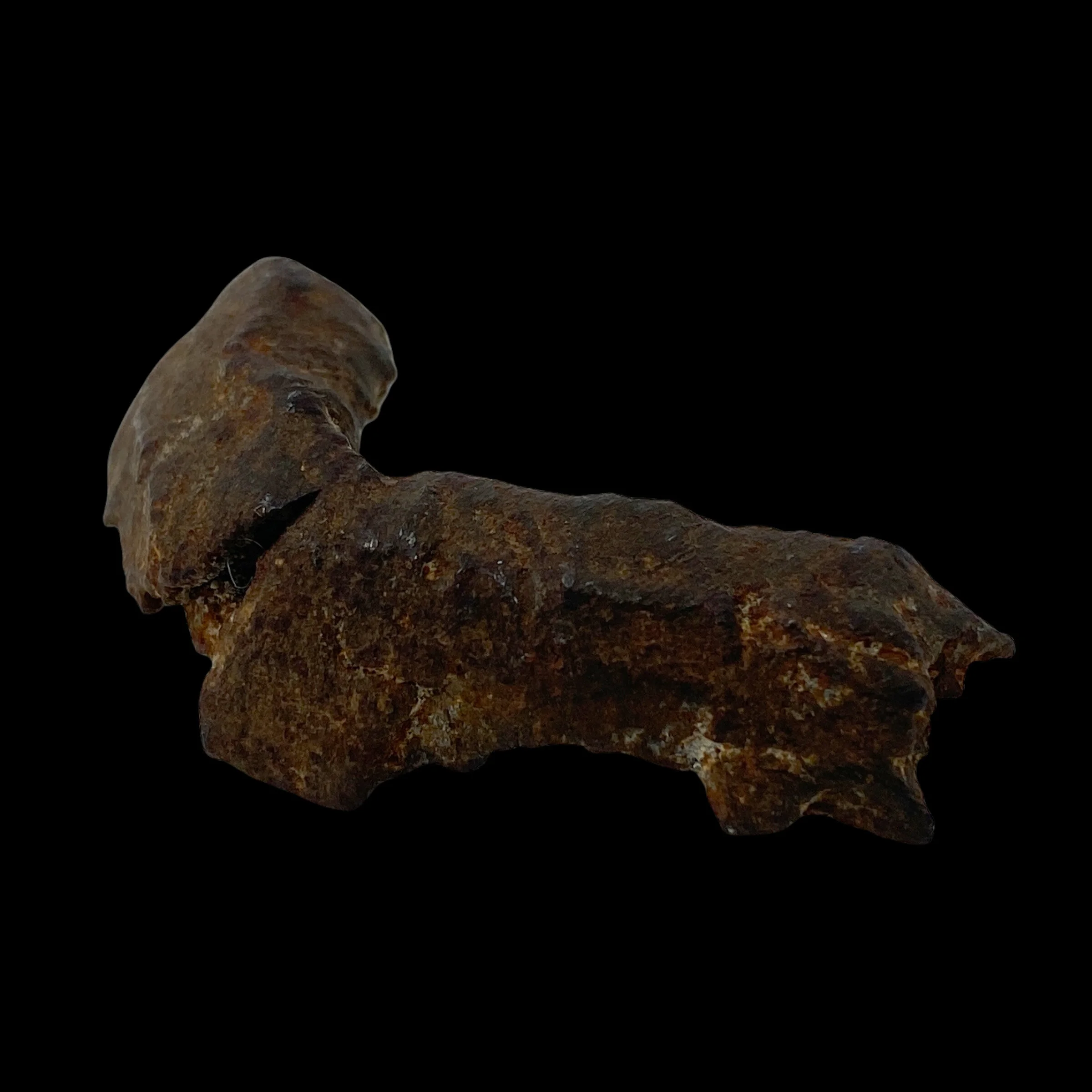RARE WWII D-Day Utah/Omaha Shrapnel Recovered November 11th 1944 by Veteran #03










RARE WWII D-Day Utah/Omaha Shrapnel Recovered November 11th 1944 by Veteran #03
Comes with hand-signed C.O.A.
The Normandy landings were the landing operations and associated airborne operations on Tuesday, 6 June 1944 of the Allied invasion of Normandy in Operation Overlord during World War II. Codenamed Operation Neptune and often referred to as D-Day, it was the largest seaborne invasion in history. The operation began the liberation of France (and later western Europe) and laid the foundations of the Allied victory on the Western Front.
This incredible piece of Axis German shrapnel was recovered a month or two after the bloody landings on Omaha and Utah Beach in France. The soldier picked up three pieces of shrapnel in the sand on the beachhead after arriving in November to fight the German in the Normandy region. It is almost impossible to have traceable provenance with a piece of shrapnel which makes this artifact so rare and sought after. It is unreal to think about this same piece of shrapnel impacting the beach as thousands of American troops rushed off their landing crafts into a rain of enemy fire and lead from above. As of now, the veteran’s note is not for sale (just the D-Day shrapnel) as we need to take pictures with it for the other two shrapnel pieces.
Planning for the operation began in 1943. In the months leading up to the invasion, the Allies conducted a substantial military deception, codenamed Operation Bodyguard, to mislead the Germans as to the date and location of the main Allied landings. The weather on D-Day was far from ideal, and the operation had to be delayed 24 hours; a further postponement would have meant a delay of at least two weeks, as the invasion planners had requirements for the phase of the moon, the tides, and the time of day that meant only a few days each month were deemed suitable. Adolf Hitler placed Field Marshal Erwin Rommel in command of German forces and of developing fortifications along the Atlantic Wall in anticipation of an Allied invasion. U.S. President Franklin D. Roosevelt placed Major General Dwight D. Eisenhower in command of Allied forces.
The amphibious landings were preceded by extensive aerial and naval bombardment and an airborne assault—the landing of 24,000 American, British, and Canadian airborne troops shortly after midnight. Allied infantry and armoured divisions began landing on the coast of France at 06:30. The target 50-mile (80 km) stretch of the Normandy coast was divided into five sectors: Utah, Omaha, Gold, Juno, and Sword. Strong winds blew the landing craft east of their intended positions, particularly at Utah and Omaha. The men landed under heavy fire from gun emplacements overlooking the beaches, and the shore was mined and covered with obstacles such as wooden stakes, metal tripods, and barbed wire, making the work of the beach-clearing teams difficult and dangerous. Casualties were heaviest at Omaha, with its high cliffs. At Gold, Juno, and Sword, several fortified towns were cleared in house-to-house fighting, and two major gun emplacements at Gold were disabled using specialized tanks.